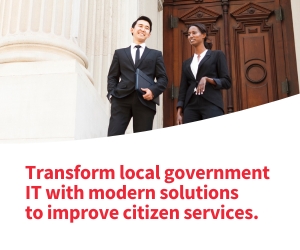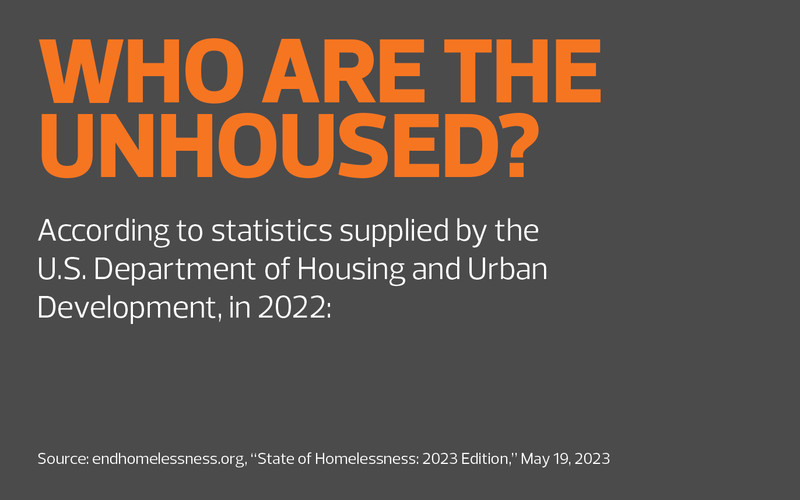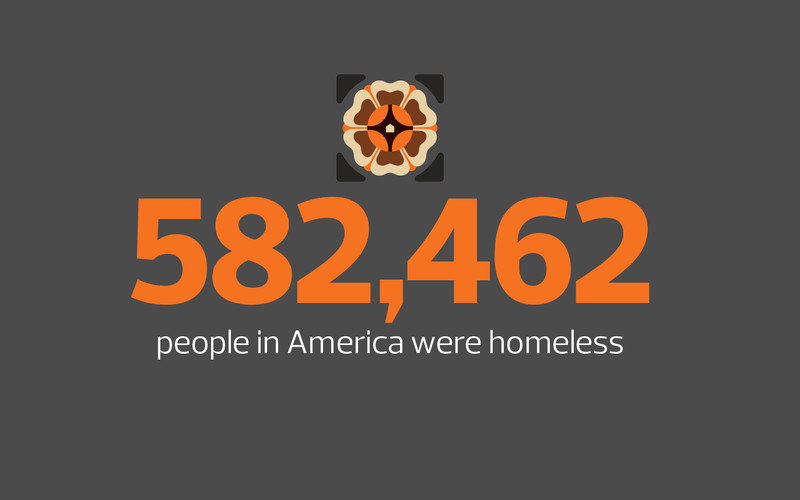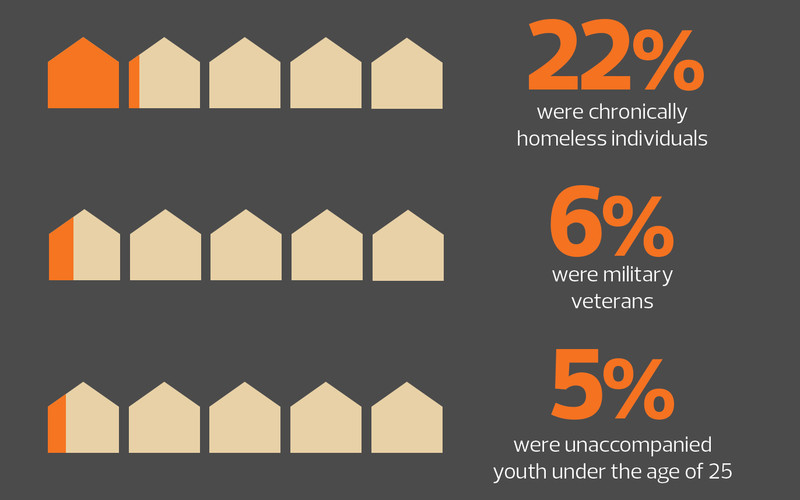The solution combines Merative, a Software as a Service front-end that integrates with IBM’s Connect 360 and InfoSphere Master Data Management, forming a data integration hub that combines client data from the siloed systems. It runs in the Microsoft Azure Government cloud and integrates with various platforms, including SimpliGov electronic workflows.
It’s an architecture that more state and local governments are starting to adopt as they seek to improve services.
“Any sort of social or human services benefit from better data integration, because case management of people and families always involves multiple agencies and departments,” says Ruthbea Yesner, IDC vice president for government Insights, education, smart cities and communities.
“Tight access controls and data governance to protect privacy are important. And every government will have many different applications for data, so managing a hybrid cloud becomes really important, since data may be on-prem in some agencies, in a cloud application in others and so on,” Yesner adds.
LEARN MORE: IT officials can take small steps for big advances in data management.
Sonoma County Provides Help with An App
Sonoma County originally established ACCESS Sonoma in 2017 with a hybrid cloud-based solution for sharing data among departments and helping users of safety net services.
“We’ve never specifically dealt with the younger population before,” Staats says. “So, we did a two-day design thinking workshop with transition-age youth, case managers from the departments of health and probation, and community partners to identify their needs and serve them through ACCESS Sonoma. With the youth population, one thing they rely on is their phone.”
Currently in its pilot phase, Sonoma’s youth program has already shown promise. Among pilot participants, 58 percent achieved housing, Staats says. Sixteen percent joined a coordinated program to connect them with housing, and 31 percent were connected to mental health services. The county also tracks participants who successfully access training, medical care and employment.
“With the app, they can schedule important appointments and get alerts. If they’re in the justice system, they can receive court notifications. And they can upload important documents to secure cloud storage, such as report cards, certificates for completing programs and identification,” Staats explains. “ACCESS Sonoma is about providing the tools and services that help clients achieve the basic stability needed so they can work on issues that may lead to or are made harder by homelessness.”














